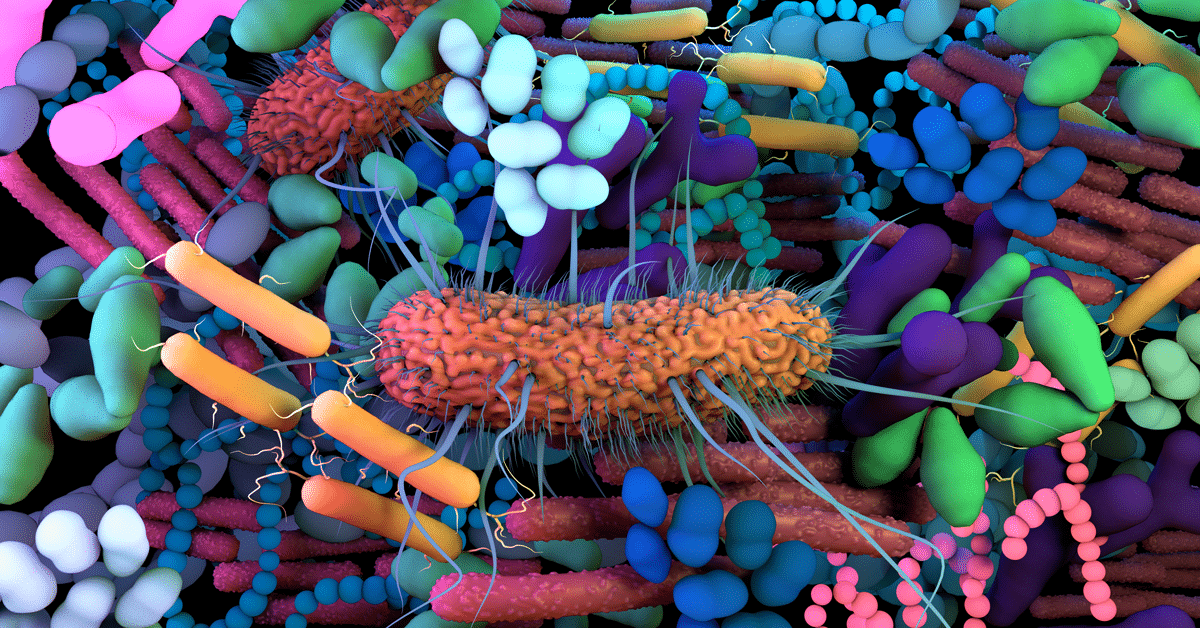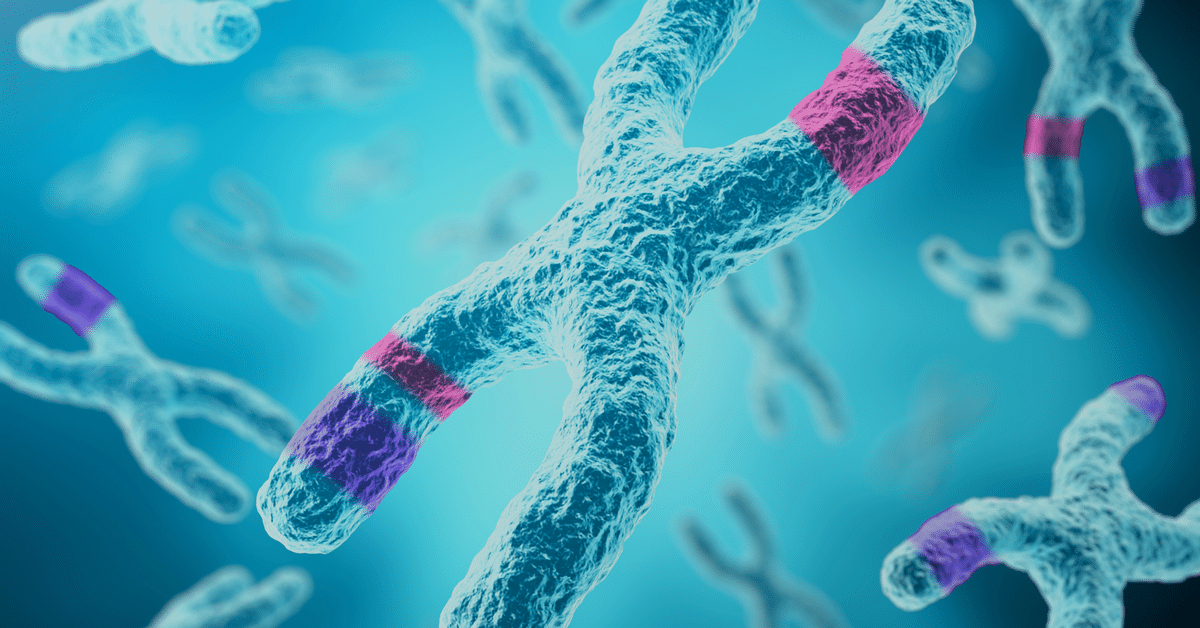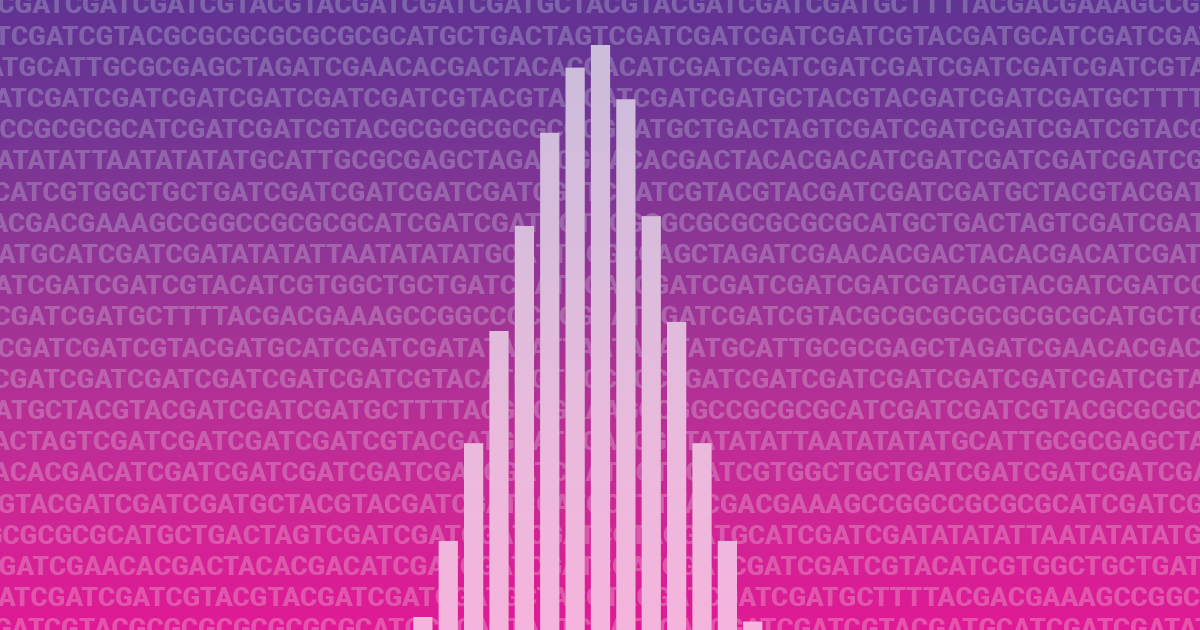Sequencing 101: Epigenetics

Epigenetics is all about understanding how gene activity can change without altering the DNA sequence itself. Think of it as a “volume control” for your genes, turning them up…
This blog features voices from PacBio — and our partners and colleagues — discussing the latest research, publications, and updates about HiFi sequencing.

Epigenetics is all about understanding how gene activity can change without altering the DNA sequence itself. Think of it as a “volume control” for your genes, turning them up…

The genetic blueprint of every living organism, from humans to microbes, is written in DNA. This blueprint is shaped by a remarkable phenomenon: genetic variation. These variations, or differences…

In the rapidly advancing field of genomics, choosing the right long-read sequencing technology is key to meeting your experimental goals smoothly and successfully. To make an informed decision,…

Microorganisms form the foundations of life on Earth. They shaped our planet long before we were here, and continue to shape our environments and our lives. Understanding microbial…

Over the last 50 years, many monumental achievements in genetics and biology have unfolded before our eyes. From the invention of DNA sequencing technologies to the completion of the human…

In the field of genetics, the concept of tandem repeats has been both scientifically fascinating, experimentally challenging, and motivating for technology development. As DNA sequencing technologies and analysis tools have…

Since the inception of next generation sequencing (NGS) more than a decade ago, short-read sequencing accuracy has seen only marginal improvement. Having achieved a level of precision thought to be…

If you have ever clicked around the PacBio website or attended a workshop or webinar discussing PacBio long-read sequencing technology, then you have probably seen or heard about SMRT (Single…

This article explores sequencing coverage fundamentals. Uncover key concepts and discover how highly accurate long-read sequencing provides a comprehensive view of the genome, at any coverage level. What is sequencing…

Updated on March 2, 2023 Rare diseases are defined as diseases that affect a small number of people — fewer than 1 in 2,000 in the European Union and…

If you are like most of us at PacBio, you likely learned how to extract DNA in a high school or college biology class, or maybe even in your…

Updated on February 24, 2023. Originally published September, 2016. In recent interactions with the scientific community, we’ve seen a growing number of questions around scaffolding genome assemblies. We thought…

Geneticists often point out that a human does not have “a” genome but rather two genomes: one inherited from the mother and another from the father. The number of…

The study of genomics has revolutionized our understanding of science, but the field of transcriptomics grew with the need to explore the functional impacts of genetic variation. While different tissues…

Starting a sequencing project can be daunting. First of all, there are several types of sequencing technologies, each based on unique processes. At PacBio, we use a technology called Single…
If you have a question, need to check the status of an order, or are interested in purchasing an instrument, we're here to help.